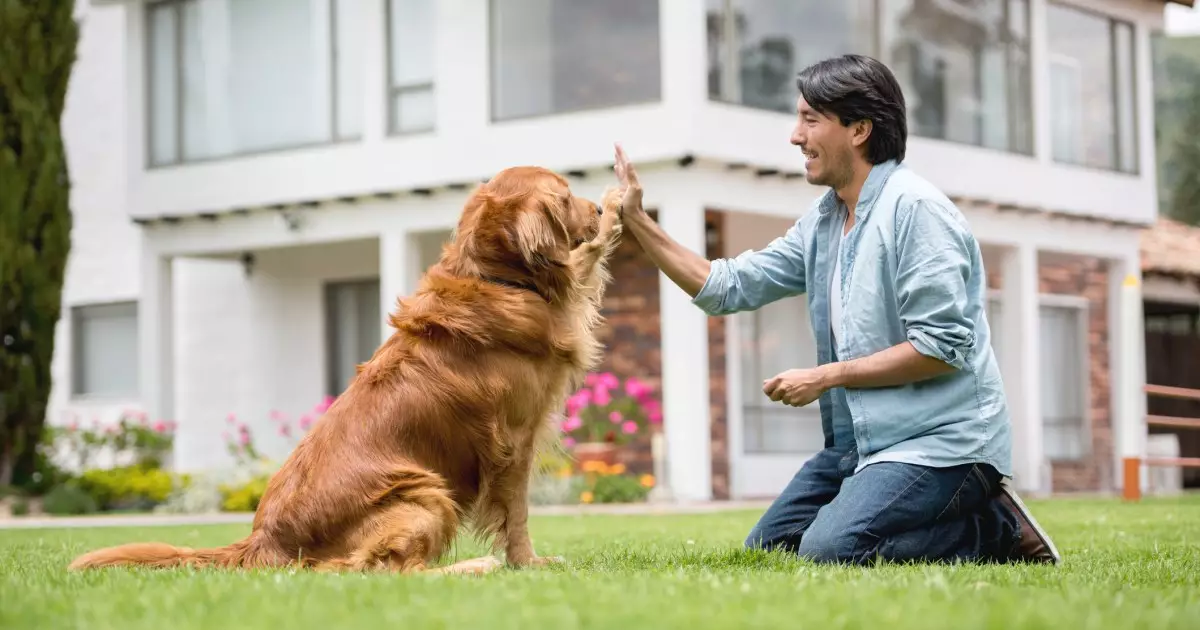Training a dog effectively goes beyond the treats you offer; it delves into understanding your canine’s unique preferences. While food is often the go-to reward, many dogs can be incentivized by a variety of stimuli. Knowledge of what excites and engages your dog is crucial in selecting suitable rewards. For some, an energetic game of fetch or tug-of-war may trigger more enthusiasm than any morsel of food. Conversely, other dogs may find joy in being petted or receiving verbal praise. Testing different incentives can uncover what truly captures your dog’s interest.
A critical part of successful dog training hinges on the selection of the right reward. Observe your dog’s behavior closely; this will help you determine which rewards elicit a positive response. If your dog appears distracted or disengaged during training, it’s an indicator that the current reward isn’t enticing enough. If, for example, a walk is offered but your dog is more interested in a nearby squirrel, it may suggest the walk is of lesser value to them at that moment. Adjusting the reward system can enhance effectiveness—often, simply removing distractions from the environment can shift focus back to the desired behaviors.
When food doesn’t cut it, consider a range of alternative rewards that can spark your dog’s motivation. Toys suitable for chewing, such as rubber bones or interactive puzzles, can be highly engaging and rewarding. Offering social time with another dog or allowing a vigorous playtime session can serve as an exceptional incentive as well. Additionally, incorporating playtime or fetch as a reinforcer connects physical activity with training, fostering an enjoyable relationship between commands and rewards without relying solely on treats.
Integrating various forms of reward-based training into your routine is paramount for long-term success. The less your dog receives “free” albeit desired pleasures, the more they’ll crave the rewards conditioned to your commands. Creating a consistent training structure where rewards are earned helps solidify understanding, fostering stronger obedience and a deeper bond between you and your dog.
Ultimately, the goal of training is to strengthen the connection with your dog while establishing clear communications. A balanced approach to rewards—varying from toys and time to affection—imparts lessons of trust and respect. Your dog learns to associate following commands with positive experiences rather than just food. It leads to a well-rounded, dynamic relationship where both of you thrive in understanding and companionship, highlighting that the essence of training extends far beyond mere treats.

